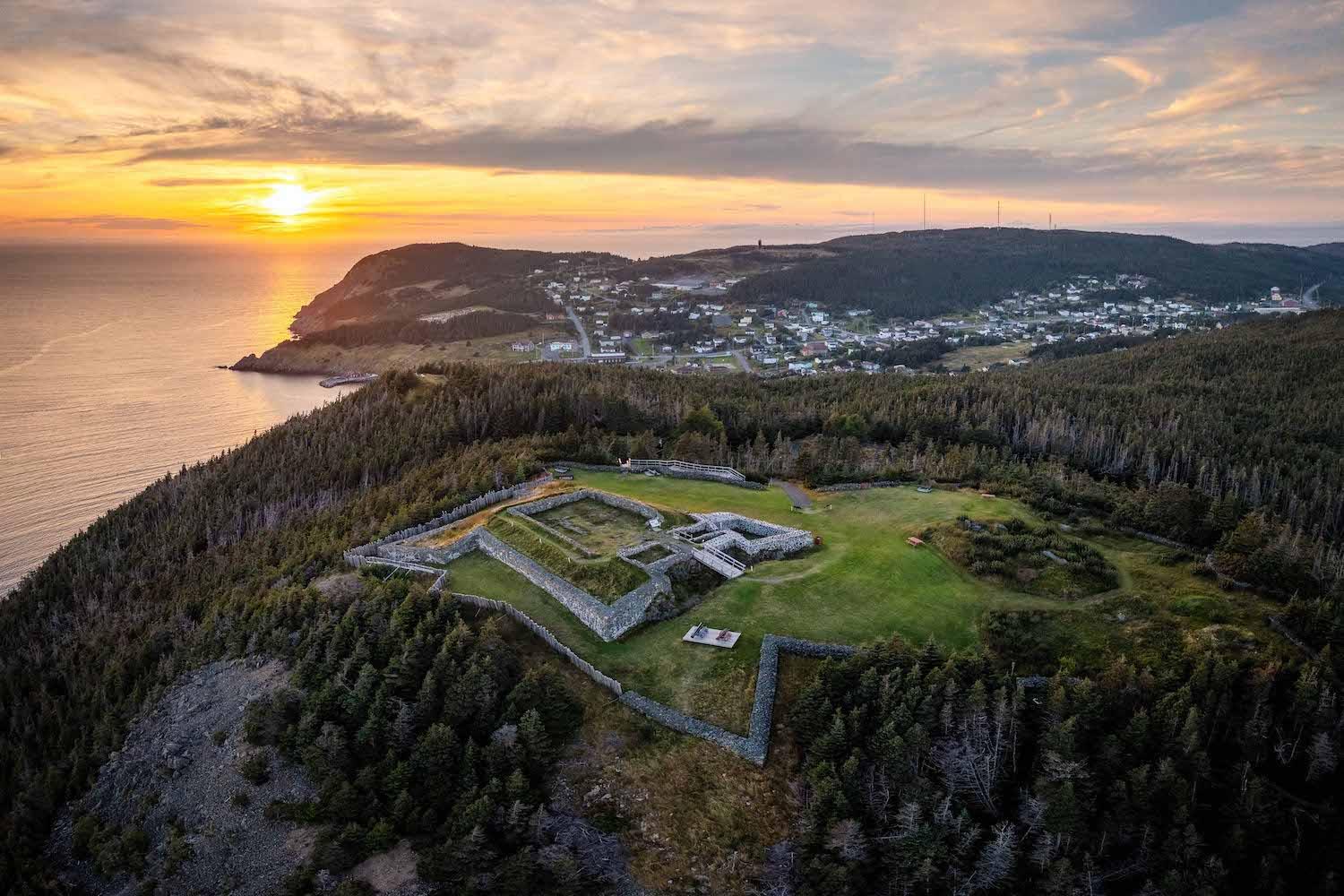
The sun sets on Castle Hill National Historic Site in Placentia, Newfoundland and Labrador/Parks Canada
Christopher Newhook pulls out a pair of adorable cloth cod and two fabric knives at Castle Hill National Historic Site and gets to work showing why this humble fish changed the world.
He deftly cuts off their heads with a throating knife, noting how people once used every bit, eating the eyes, tongues, jowls and cheeks and using the head for soup. Then he slices open the belliies, removing the innards for fertilizer but saving the livers to render down for oil that once lit the streets of Europe and then became a medicine to treat rheumatism and prevent rickets.
Finally, he switches to a flat splitting knife and removes the backbone to be saved with the intestines. That leaves two double-sided filets that would have been laid out flat, salted, dried on a rocky beach and then shipped around the world in the days before refrigeration.
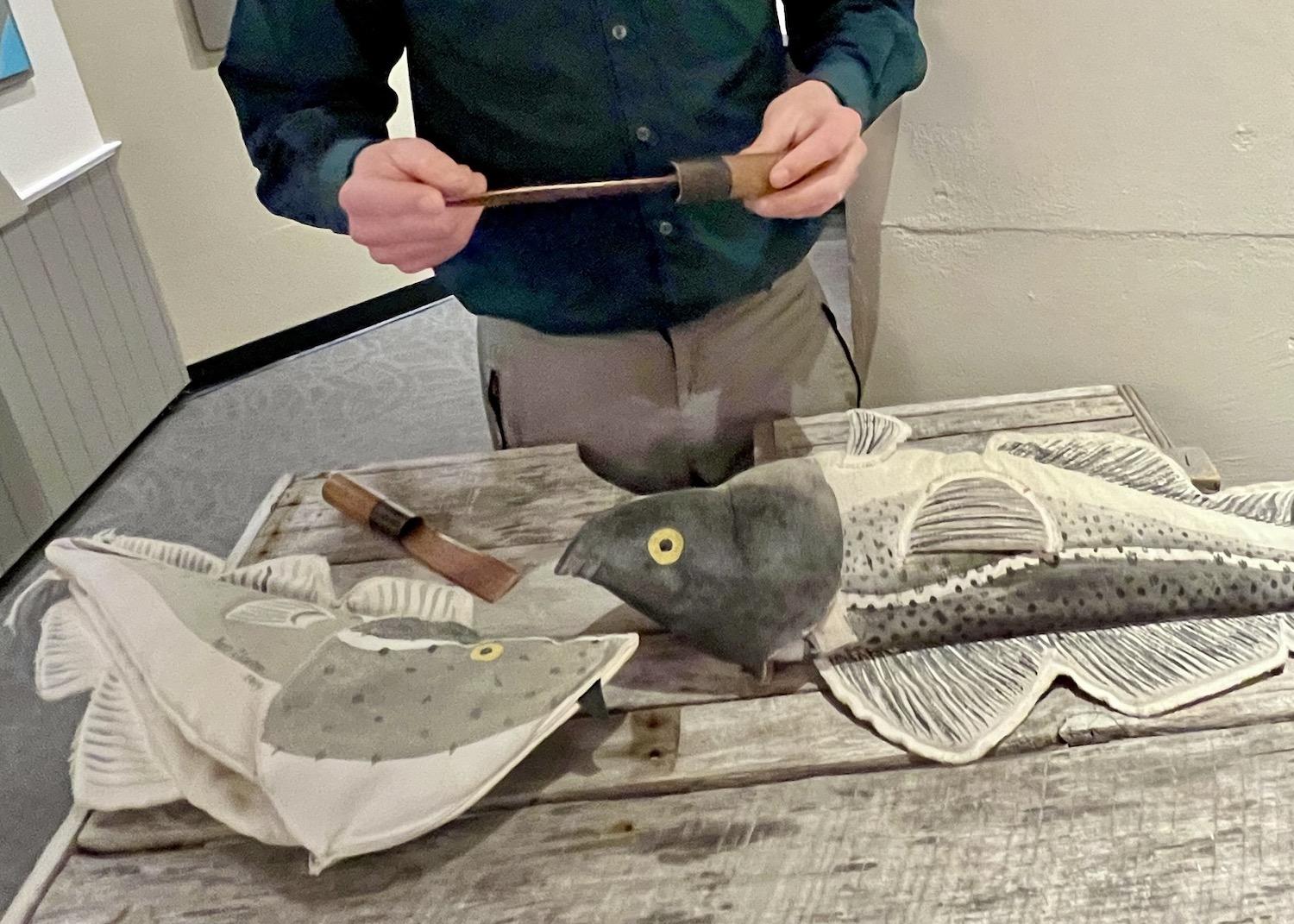
Stuffed cod that can be gutted and prepared for salting help Castle Hill National Historic Site tell its story/Jennifer Bain
“A lady in Bonavista made these cod,” says Newhook, who was a long-time interpreter here at this site in Placentia, Newfoundland and Labrador before taking a media officer role with Parks Canada that covers 2D and 3D installations, print media, virtual tour building, photography, interpretation panels and signage. “This is for kids but I’m going to tell you, the adults love this. The pure cuteness of it, but also it really does sell the story.”
Why were European fishermen once drawn to the Grand Banks off the coast of Newfoundland to harvest a seemingly unlimited supply of cod?
In those days, Catholics weren't supposed to eat meat on Fridays and so many turned to fish. “Any fish will do," Newhook says, "but what’s the cheapest, most successful fish that travels the world, that can go to the top of mountains and the bottom of pits without it going rancid a day or two later because it’s salted? Cod, right?”
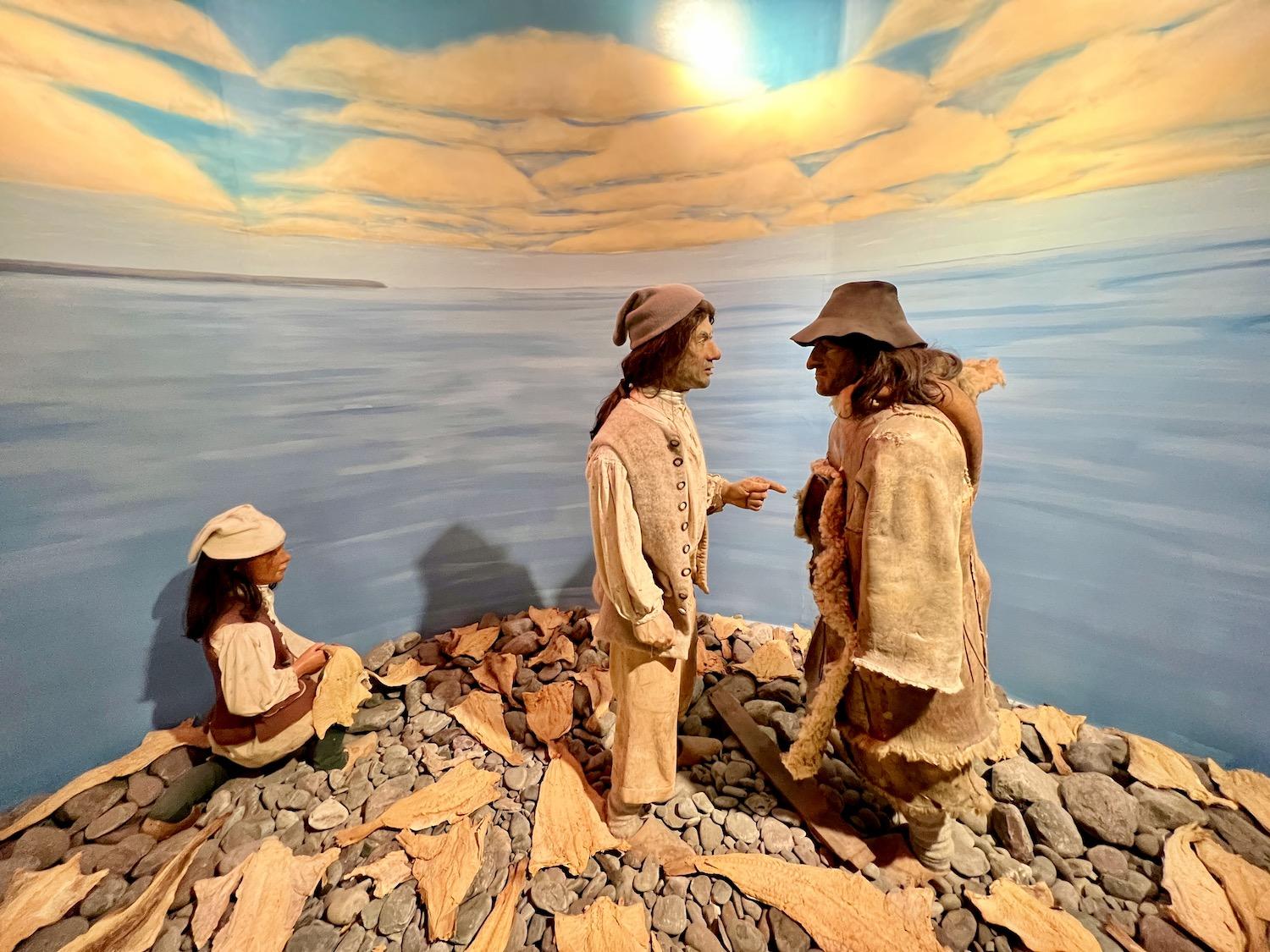
In Castle Hill's visitor center, there's real saltfish in this display showing French and Basque fishermen on the beach in what's now Placentia/Jennifer Bain
Around the corner in the visitor center, there’s a life-size scene with salted cod drying on a stone beach that represents Placentia around 1690. It shows a well-equipped Basque fisherman wearing oiled sheepskin and arguing with a poorly equipped French fisherman wearing wool. More importantly, it shows the mannequins standing over several dozen pieces of saltfish drying in the sun.
“Because we can salt it and it will stay preserved, this fish over here it’s probably 20 years old,” says Newhook. “We could eat that. That’s real fish. When it’s warm in the here in the summer, you can smell that when you walk in through the door.”
After years of hearing about how important the cod fishery was to this Canadian province — until the cod stocks collapsed and a 1992 cod moratorium put 30,000 people out of work and ended a way of life — I finally understand thanks to this short but vivid demonstration.
“In Europe dried cod nourished the hungry, employed thousands of fishermen, filled the coffers of many a merchant and spurred the shipbuilding industry,” interpretive signage explains. “The kings of Britain and France also valued the fishery as a training ground for sailors to man the battle fleets in time of war.”
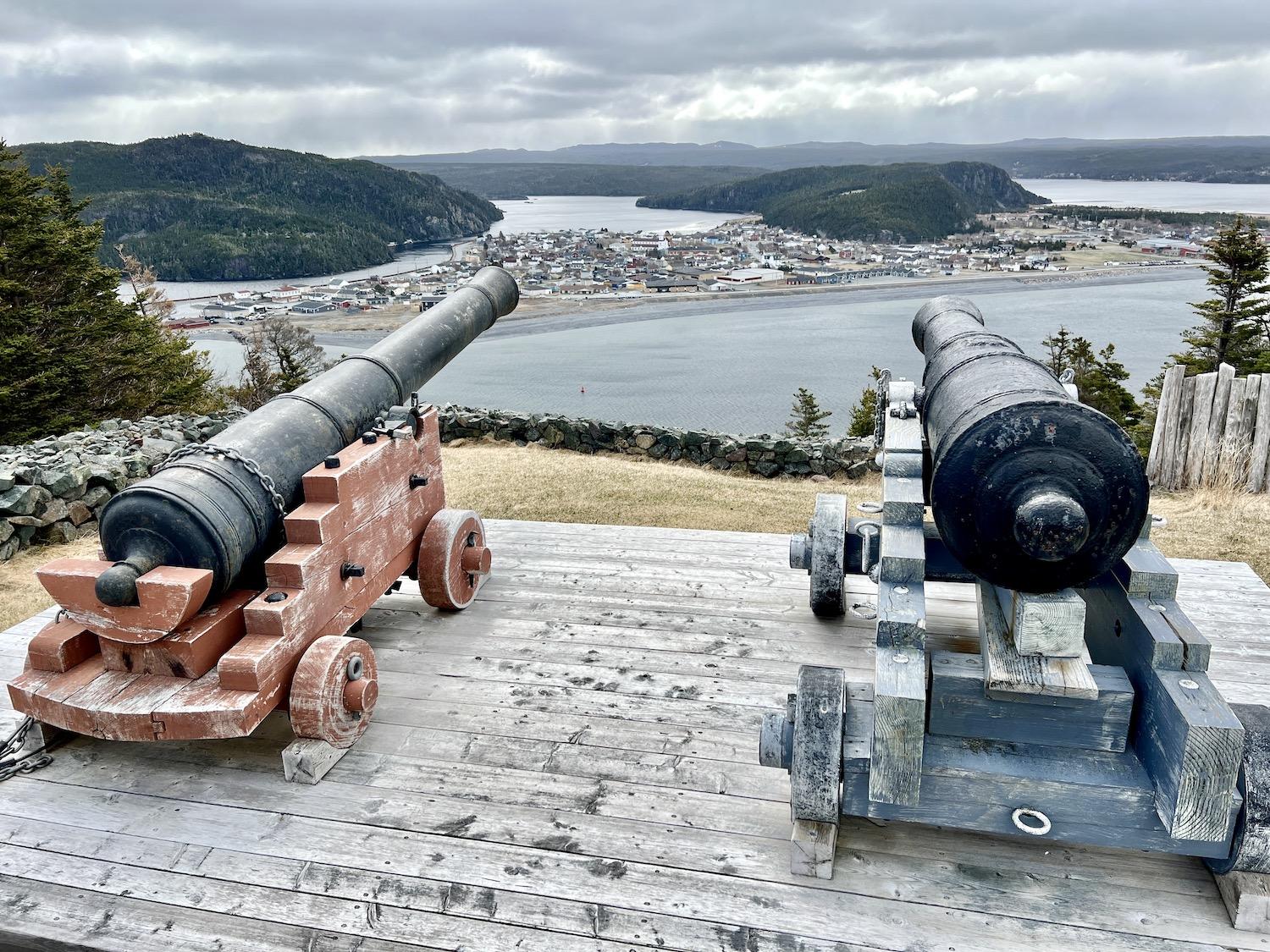
A view of modern-day Placentia through cannons at Castle Hill National Historic Site/Jennifer Bain
Castle Hill is a 17th century fortress that overlooks Plaisance, the original French capital of Newfoundland, now known as Placentia. It tells the story of why the French and British battled for control of Newfoundland, and why the wide, rocky beach was perfect for drying cod.
No one knows when the first European fishermen visited Placentia, which was close to rich fishing grounds. Basque fisher visited for more than a century before the French colony was founded in 1662.
Men fished from small, open boats called chaloupes, catching cod one at a time with a baited hook held down by a lead weight. The catch was landed on the wharf (or stage) and pushed into the shed to be cleaned. A three-man splitting crew processed thousands of fish a day. The throater slit the throat and belly. The header saved the liver for its oil and discarded the head and guts. The splitter cut out the backbone so the fish would lie flat.
Then the salter stacked the fish, covering each layer with the right amount of salt. After a day or two, the salt became a preservative by working its way into the flesh. Excess salt was washed off the fish before laying the fish in the sun to dry. When partially dried they were stacked to press out moisture. Drying and stacking were repeated until the fish were completely dried. Finally, the fish were graded for size and quality and shipped to market.
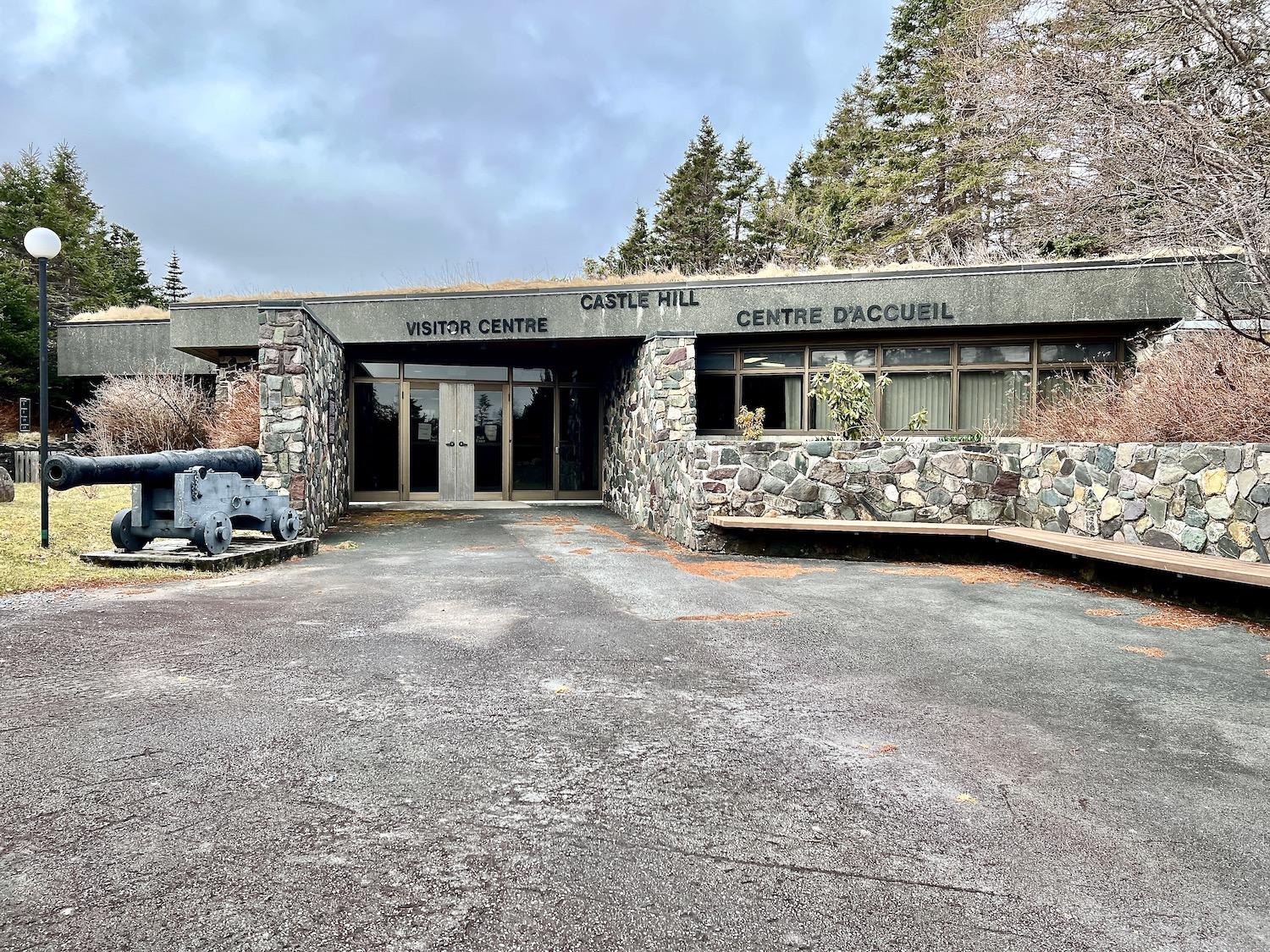
The Castle Hill visitor center is tucked into a hill/Jennifer Bain
The French fortified the hill and sheltered harbor to protect their extensive cod fishery. France successfully defended the site in war, but the colony was ceded to Great Britain by the Treaty of Utrecht in 1713. The colonists were moved to Île-Royale (now Cape Breton island) to what’s now Fortress of Louisbourg National Historic Site. Though the English won control of Newfoundland, they maintained a garrison here until 1811 and changed the name to Placentia.
This fort fell into ruins before Parks Canada made it a national historic site in 1968.
There’s a lot to see and read in the visitor center, where Newhook shares a booklet of plants that he photographed, designed and wrote. It’s full of plants that grow here during the operating season (June 1 to Oct. 6, this year), like bakeapple, cotton grass, ghost pipes, old man’s beard moss and Labrador tea
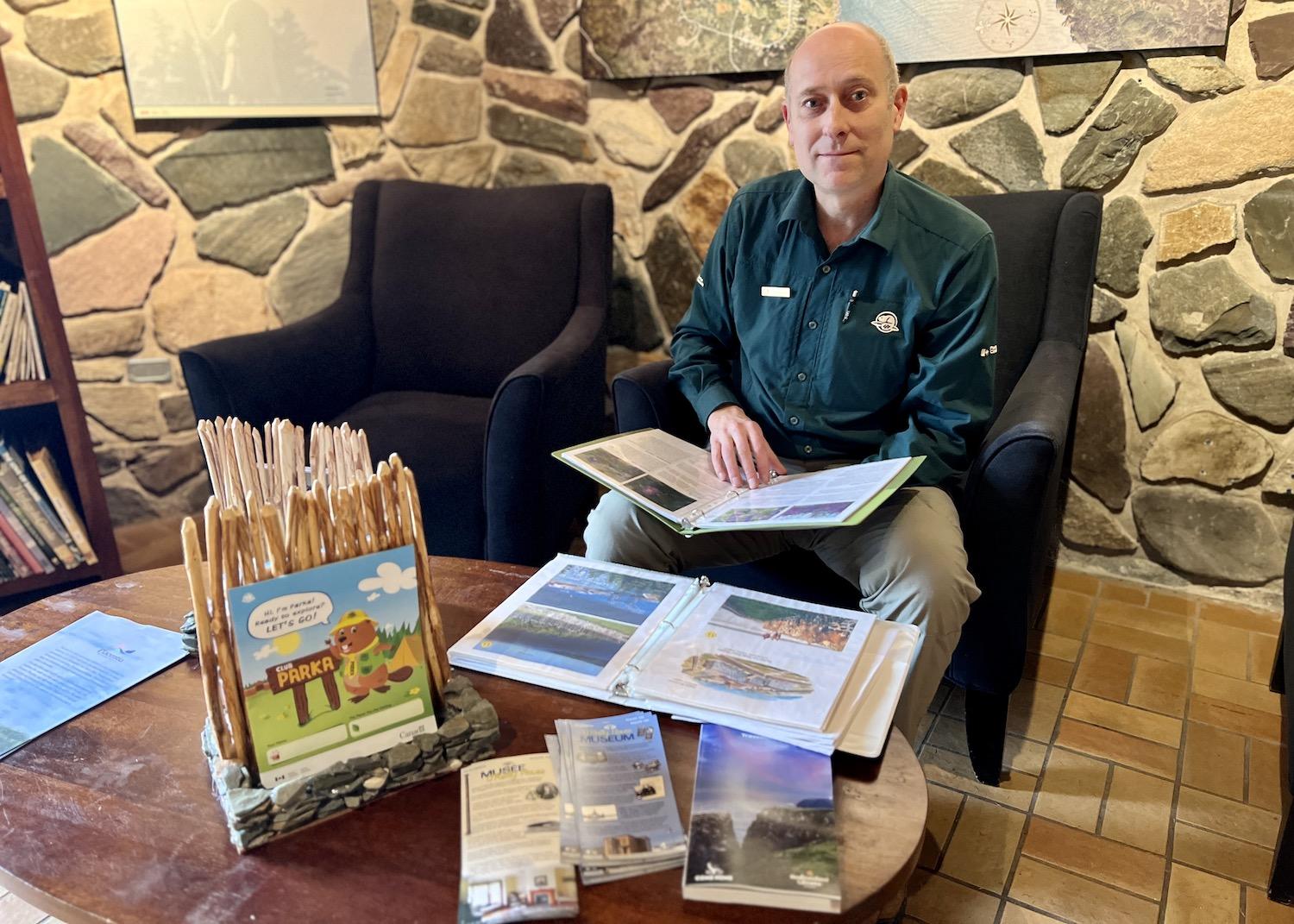
Parks Canada's Christopher Newhook created a book on Castle Hill's plants while he was an interpreter/Jennifer Bain
Castle Hill, as the name suggests, is set on a seaside bluff overlooking the town that's near the Argentia ferry to North Sydney on Cape Breton Island in Nova Scotia. It’s a self-guided site with the option for an audio tour, indoor scavenger hunt and outdoor hunt for 10 cannonballs.
It's May when I get a private tour before the 2023 season starts, and we head outside to explore the trails. Newhook leads me down part of the original path soldiers took to Placentia, through a cliffside spruce forest and past the remains of fortifications.
It was a well-worn pathway for the port's poorly paid and badly fed soldiers, who spent much of their time working as fishermen. We try to imagine how hard it would have been to carry munitions and supplies up the path. Mortar shells weighed up to 120 pounds each while one of the fort’s 180-pounder guns was about 4,700 pounds (over two tons).
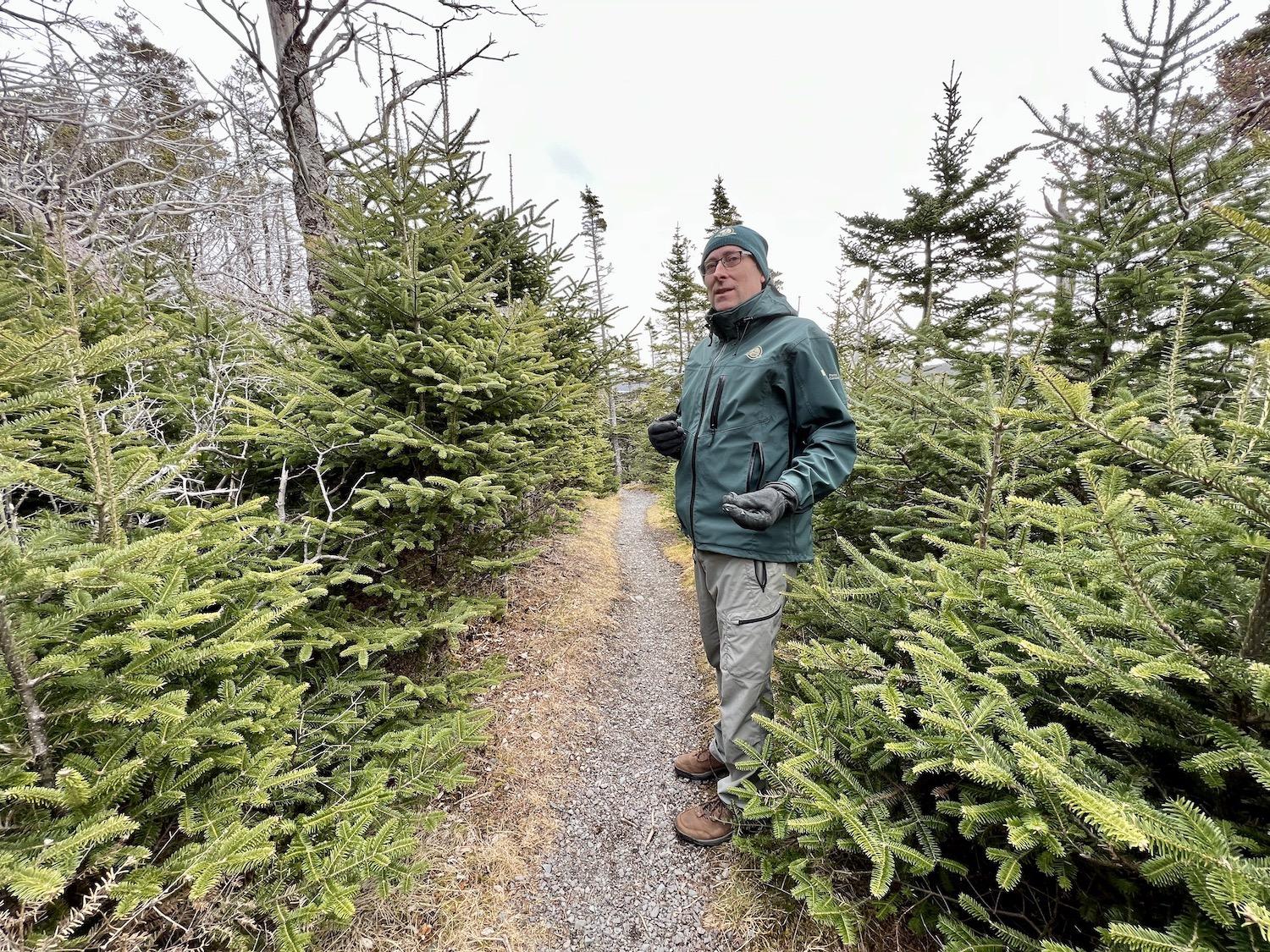
Parks Canada's Christopher Newhook walks down the original French trail at Castle Hill National Historic Site/Jennifer Bain
“it’s amazing that we take this for granted,” says Newhook, motioning to the landscape and views, and urging me to check out O'Reilly House Museum in Placentia, as well as old Basque headstones at a deconsecrated church that's being transformed into a cultural center.
As we walk, we see a picnic table in the woods that visitors don't like because of the bugs, and more popular picnic tables set up by the parking lot. We see how wind and storms have felled trees along the path causing an unsightly mess. There are too many to remove each year, but there is talk of cutting back some of the forest to allow for better views of town.
“There’s still work to be done,” acknowledges Newhook. “There’s always work to be done.”
While You're in Newfoundland:
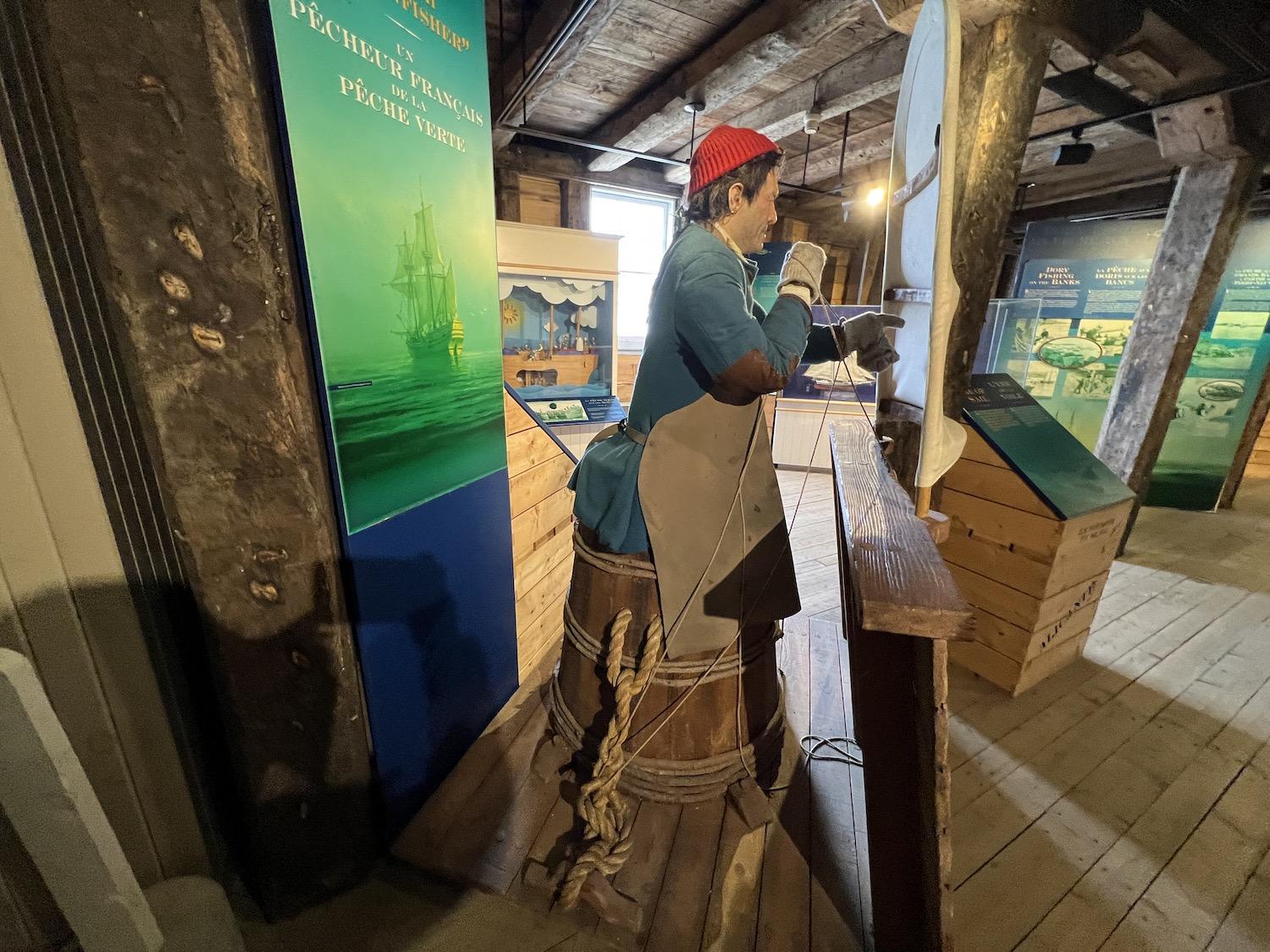
At Ryan Premises National Historic Site, you can see how the French once fished for cod with handlines and baited hooks while standing in wooden barrels to stay dry/Jennifer Bain
To learn more about the province's cod fishery, drive three hours to Bonavista to the Ryan Premises National Historic Site. The site (also open June 1 to Oct. 6 this year) is a collection of 19th and early 20th century heritage buildings in what was once one of Newfoundland's oldest and biggest inshore fishing communities (outports). Five main white clapboard buildings were the headquarters of prominant fish merchant James Ryan during the saltfish era. There's a "Cod, Seals and Survivors" exhibit in the orientation center, an exhibit on traditional outport furniture, the Bonavista Museum, and a Historic Sites Association gift shop. It's next to Bonavista Harbour.
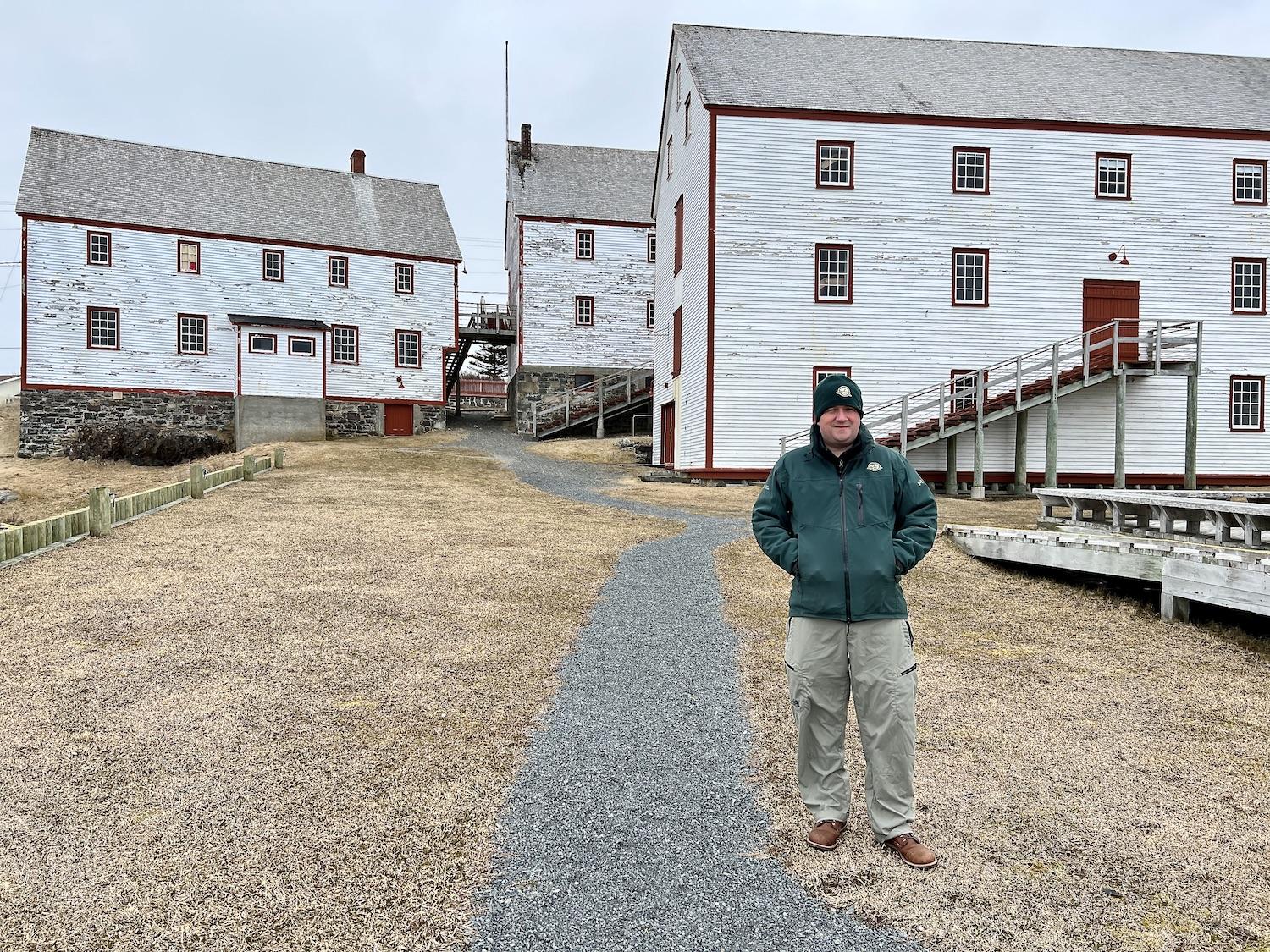
Parks Canada's Jonathan Harrison stands by the white clapboard buildings at Ryan Premises National Historic Site in May before the site opened for the season/Jennifer Bain



Add comment